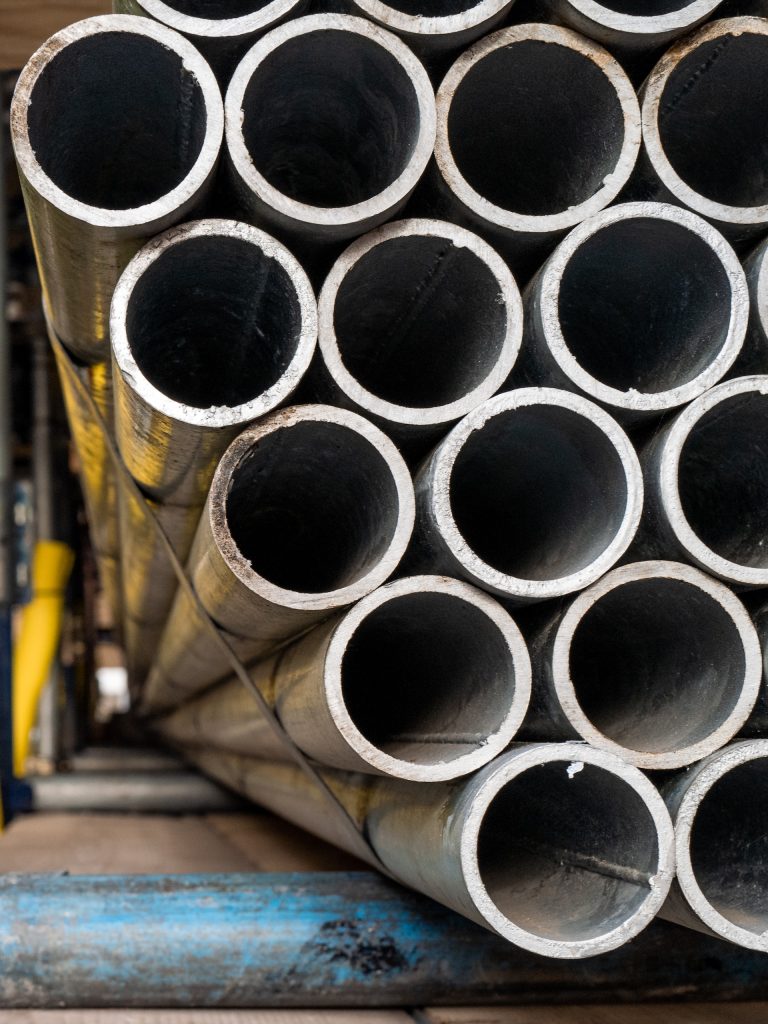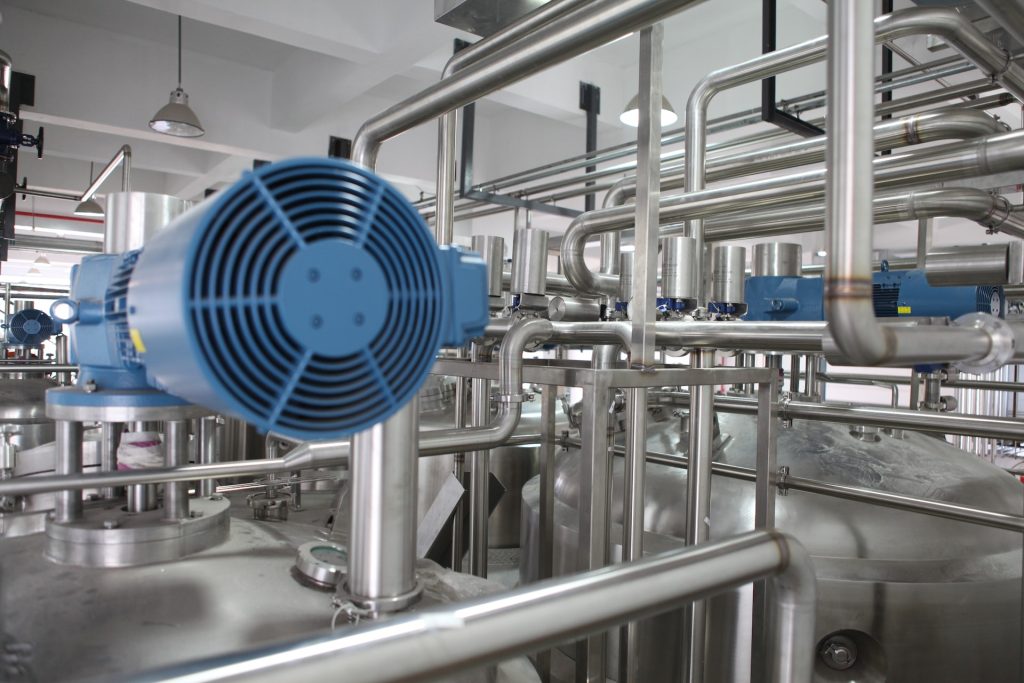Welding is a process of joining two or more pieces of metal together to form a single, solid structure. It’s one of the most commonly used fabrication techniques in many industries, and it can be done using different methods. One such welding method is Electric Resistance Welding (ERW) for producing saw pipes. ERW saw pipes Malaysia are made from steel coils that are uncoiled and flattened before being welded into tubular shapes. This type of pipe has excellent structural integrity due to its tight seam welds, making them ideal for use in high-pressure applications like plumbing systems and pipelines. In this article, we’ll explore the various welding methods used to produce ERW saw pipes and discuss their benefits and drawbacks.
Overview of Electric Resistance Welding (ERW)
Electric Resistance Welding (ERW) is a welding process that uses heat generated from an electric current to melt and fuse two or more pieces of metal. The heat is generated by passing an electric current through the two pieces of metal and applying pressure to them, which causes the molecules in the metals to instantly melt and fuse together. This welding method is used for applications such as producing saw pipes and other tubular shapes, making it a popular choice for many industries.
Benefits of ERW for Producing Saw Pipes
One of the main advantages of using ERW for producing saw pipes is that it’s a fast and efficient process. This type of welding allows for quick production times and high-quality welds due to its precision control over the temperature and current that are used. Additionally, ERW welding is cost-effective as it minimizes the wastage of materials and reduces labor costs. The process also produces welds with superior strength and structural integrity, making them ideal for use in high-pressure applications.

Different Welding Methods Used in ERW Production
There are several welding methods that can be used for producing saw pipes using ERW. These include butt joints, flash welds, and stitch welding.
• Butt Joint Welding: This type of welding is used to join two pieces of metal together in a straight line, creating a butt joint. This method of welding is highly accurate and requires little preparation work, making it a popular choice for many applications.
• Flash Welding: Flash welding is a type of electric resistance welding that uses heated electrodes to join two pieces of metal together. This method produces strong and durable welds with minimal distortion, making it ideal for producing saw pipes.
• Stitch Welding: Stitch welding is a technique used to join two pieces of metal together in an intermittent pattern. It’s a fast and efficient welding method that creates strong, durable welds with minimal distortion.
These are the most common welding methods used for producing ERW saw pipes. Each method has its own set of benefits and drawbacks, so it’s important to understand the pros and cons of each before choosing the best option for your project.
Overall, ERW welding is a reliable and cost-effective method for producing saw pipes. It’s an efficient process that produces welds with superior strength and structural integrity, making it a popular choice for many industries.

